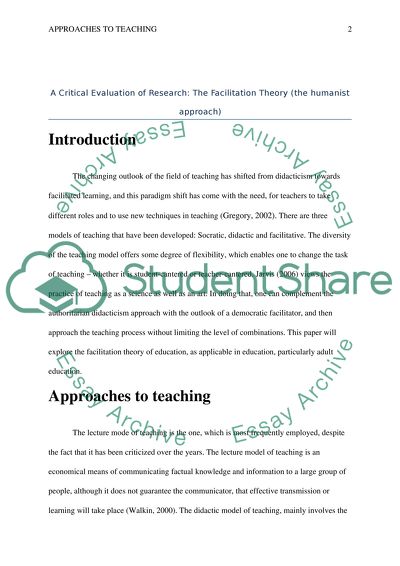Cite this document
(“A Critical Evaluation of Research: The Facilitation Theory (the Term Paper”, n.d.)
Retrieved from https://studentshare.org/psychology/1483236-a-critical-evaluation-of-research-the-facilitation
Retrieved from https://studentshare.org/psychology/1483236-a-critical-evaluation-of-research-the-facilitation
(A Critical Evaluation of Research: The Facilitation Theory (the Term Paper)
https://studentshare.org/psychology/1483236-a-critical-evaluation-of-research-the-facilitation.
https://studentshare.org/psychology/1483236-a-critical-evaluation-of-research-the-facilitation.
“A Critical Evaluation of Research: The Facilitation Theory (the Term Paper”, n.d. https://studentshare.org/psychology/1483236-a-critical-evaluation-of-research-the-facilitation.


